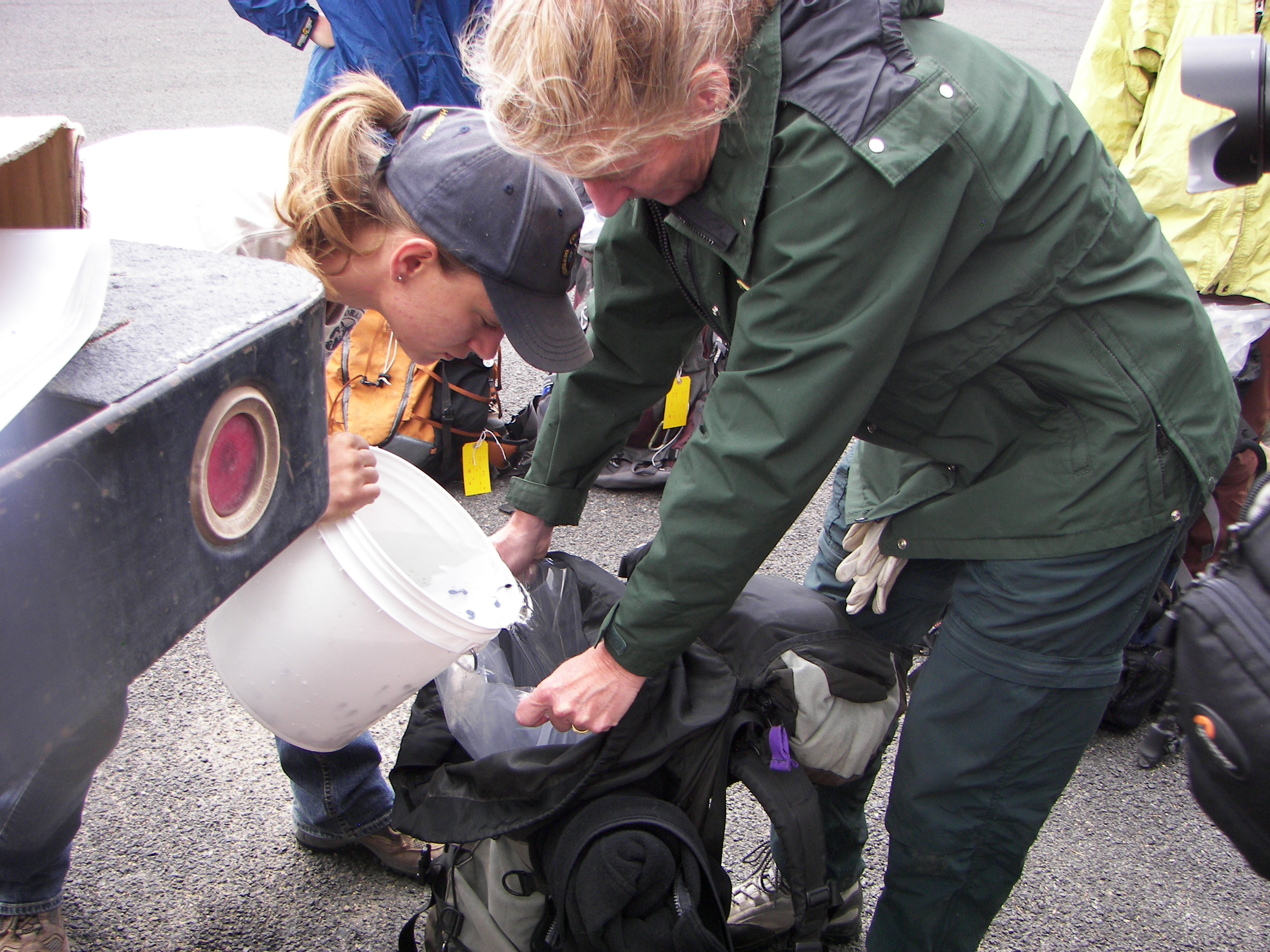Animal reintroductions: an innovative assessment of survival
Abstract/Summary
Quantitative evaluations of reintroductions are infrequent and assessments of milestones reached before a project is completed, or abandoned due to lack of funding, are rare. However, such assessments, which are promoted in adaptive management frameworks, are critical. Quantification can provide defensible estimates of biological success, such as the number of survivors from a released cohort, with associated cost per animal. It is unlikely that the global issues of endangered wildlife and population declines will abate, therefore, assurance colonies and reintroductions are likely to become more common. If such endeavors are to be successful biologically or achieve adequate funding, implementation must be more rigorous and accountable. We use a novel application of a multistate, robust design capture-recapture model to estimate survival of reintroduced tadpoles through metamorphosis (i.e., the number of individuals emerging from the pond) and thereby provide a quantitative measure of effort and success for an “in progress” reintroduction of toads. Our data also suggest that tadpoles released at later developmental stages have an increased probability of survival and that eggs laid in the wild hatched at higher rates than eggs laid by captive toads. We illustrate how an interim assessment can identify problems, highlight successes, and provide information for use in adjusting the effort or implementing a Decision-Theoretic adaptive management strategy.
Publication details
| Published Date: | 2014-06 |
| Outlet/Publisher: | Biological Conservation xx:xxx-xxx |
| Media Format: |
ARMI Organizational Units:
Rocky Mountains, Southern - BiologyTopics:
ManagementMonitoring and Population Ecology
Place Names:
Rocky Mountain National ParkKeywords:
amphibiansmethods
monitoring

